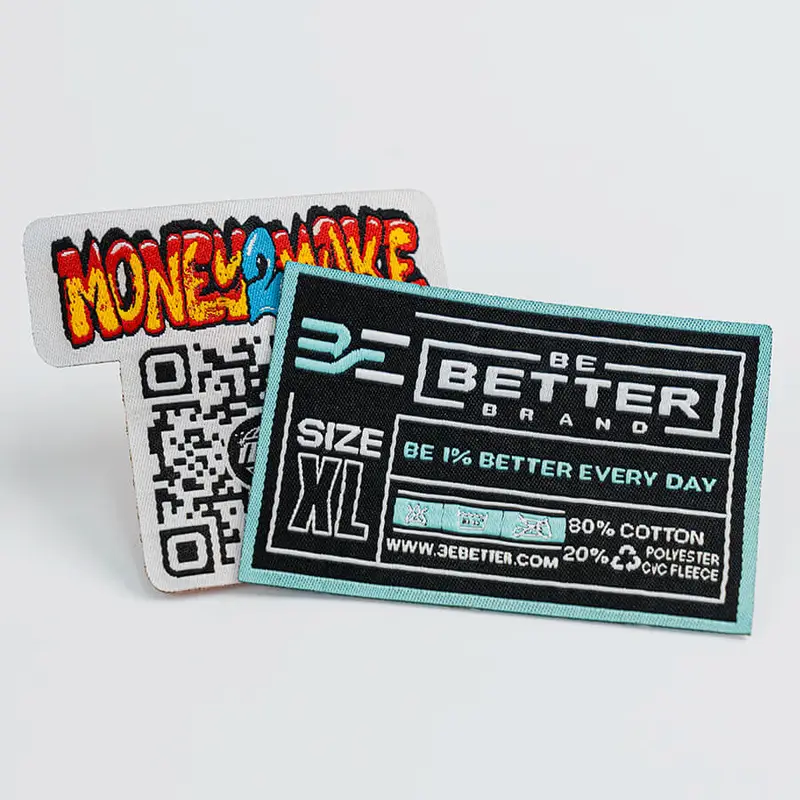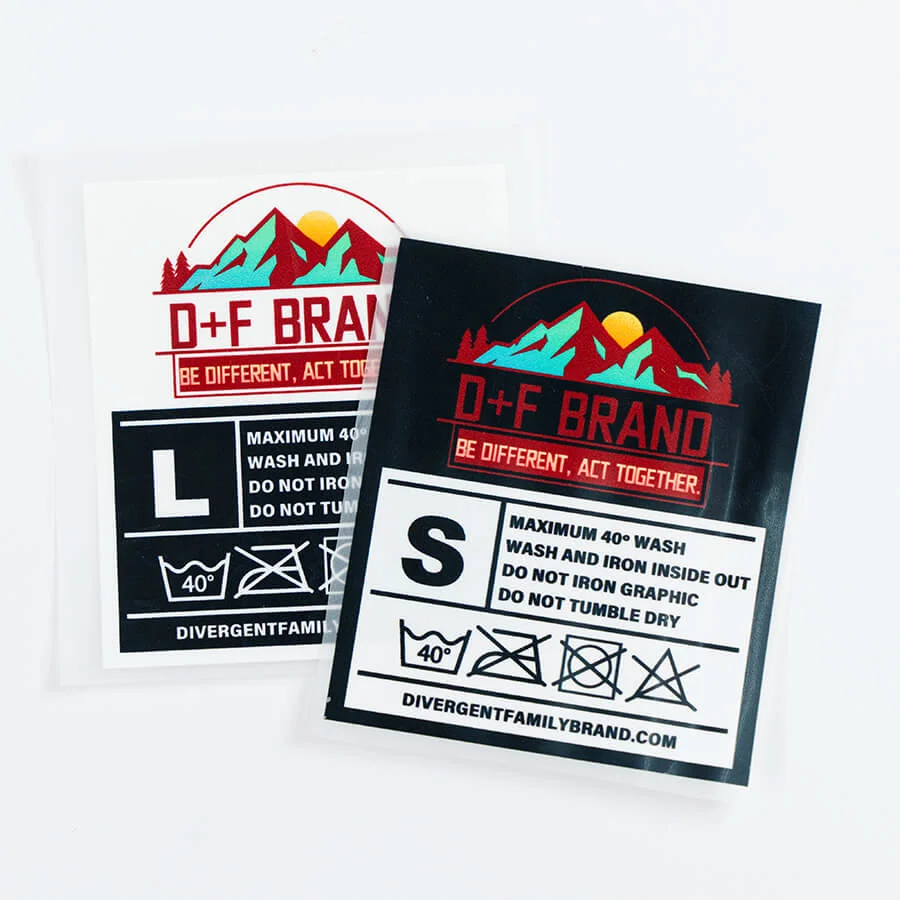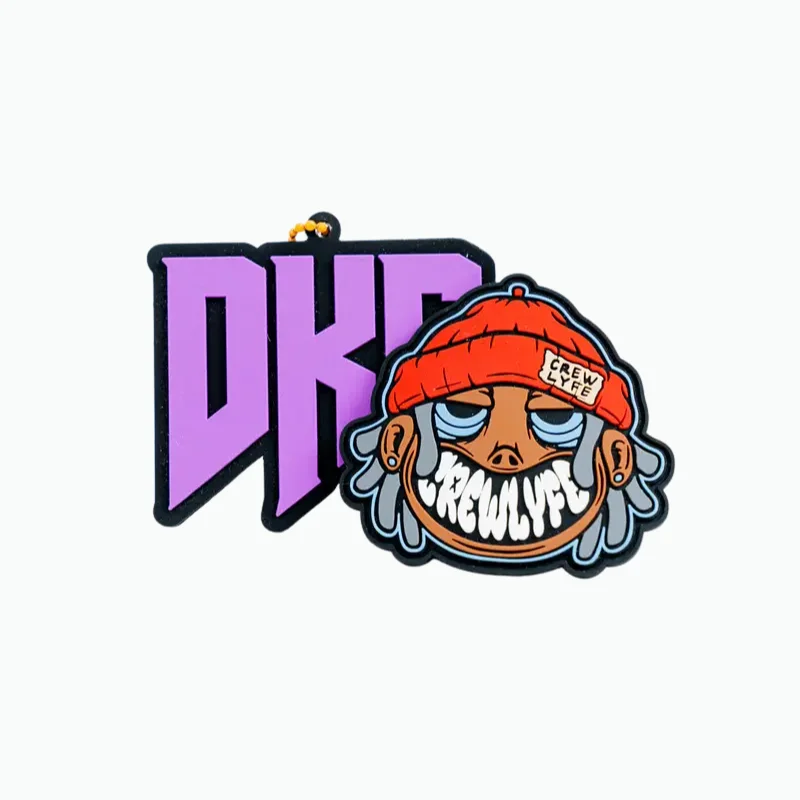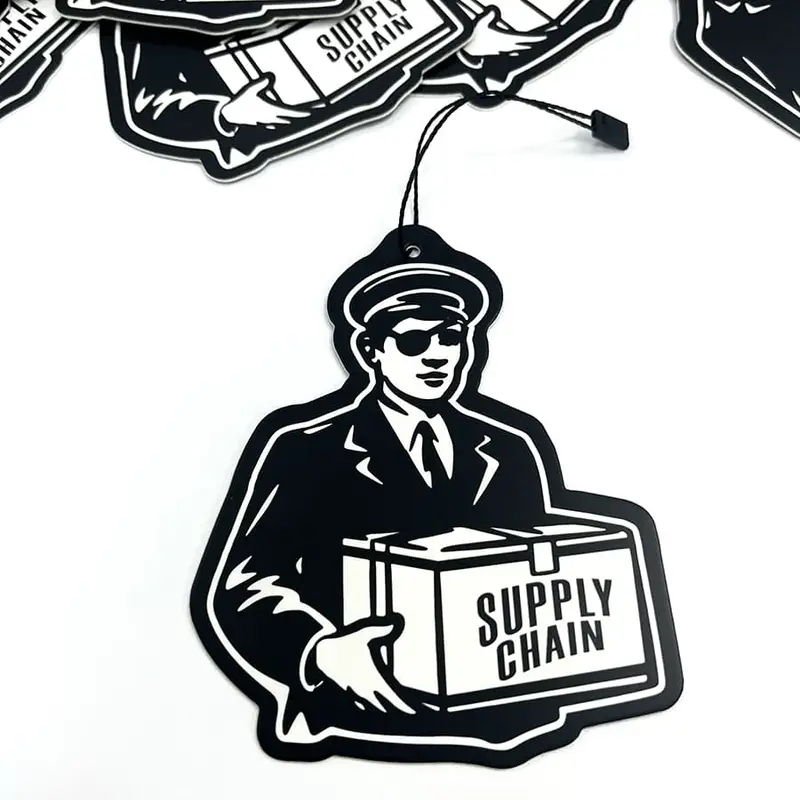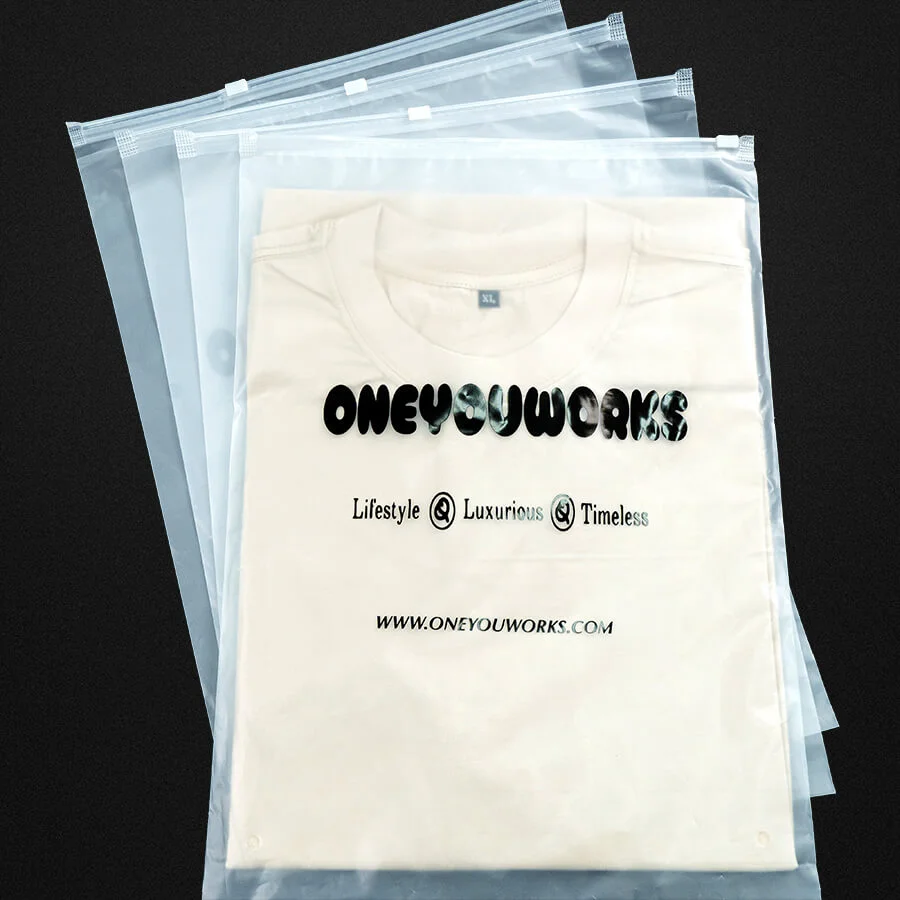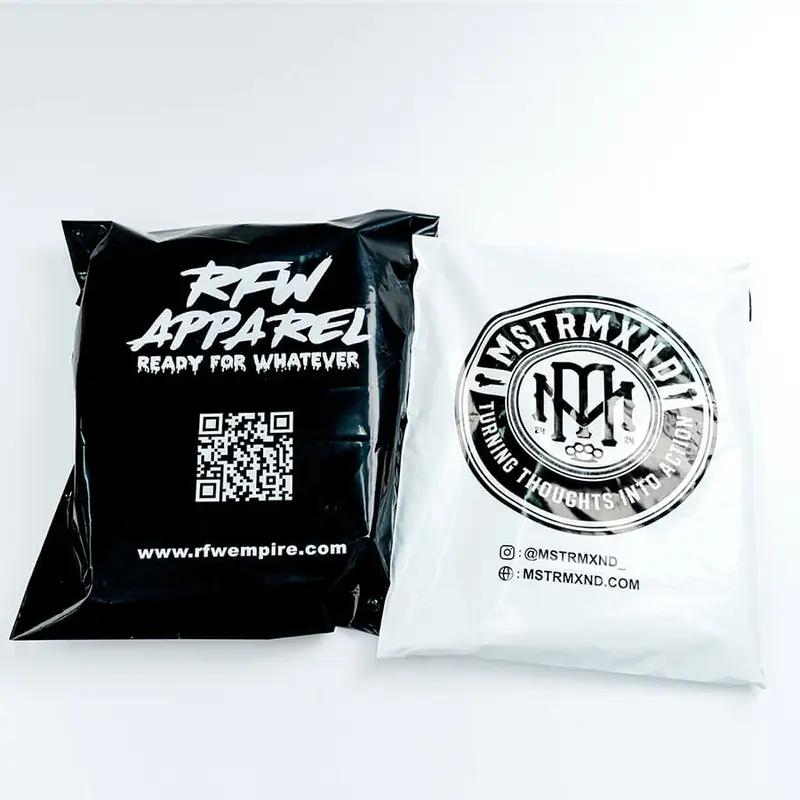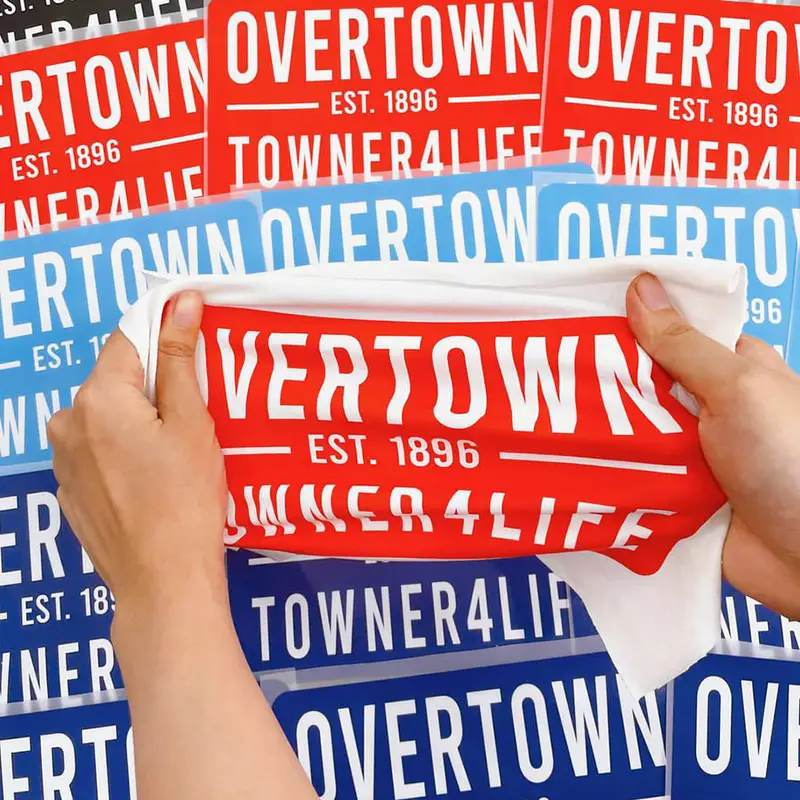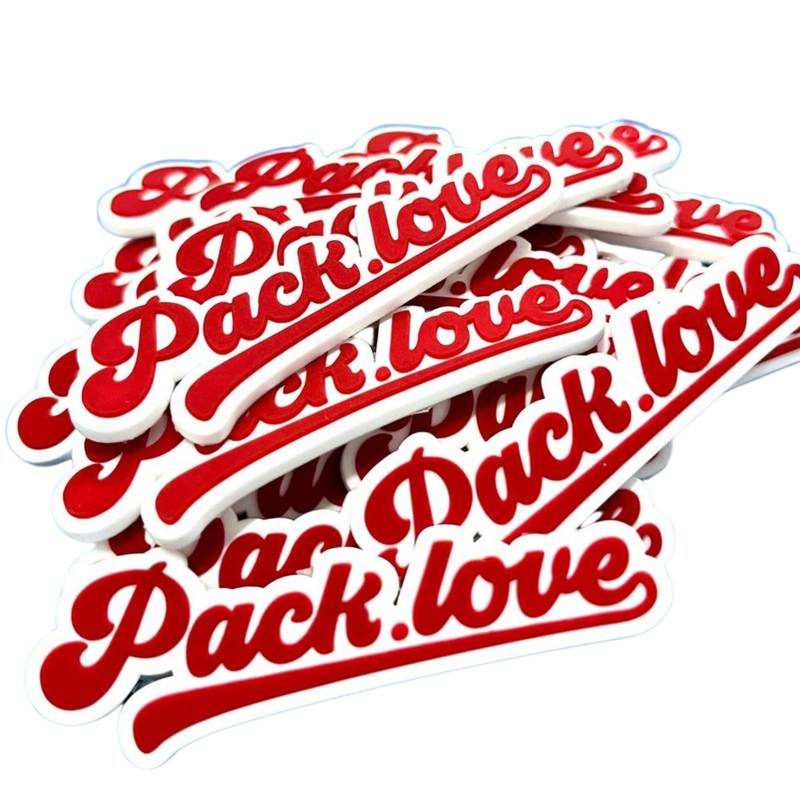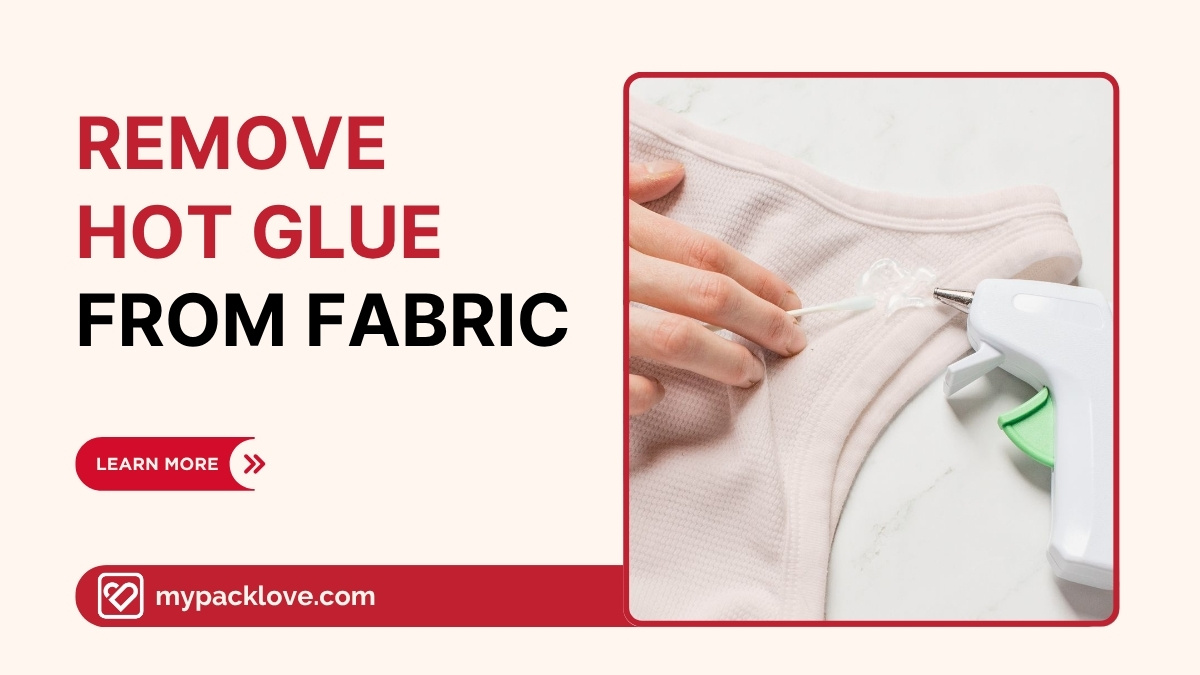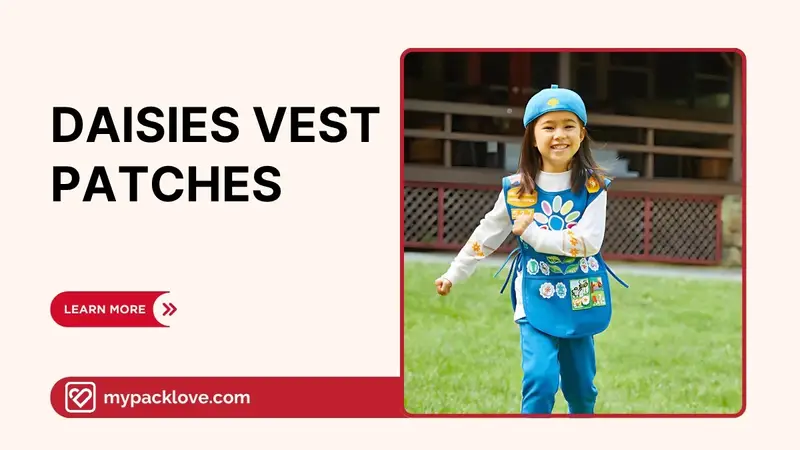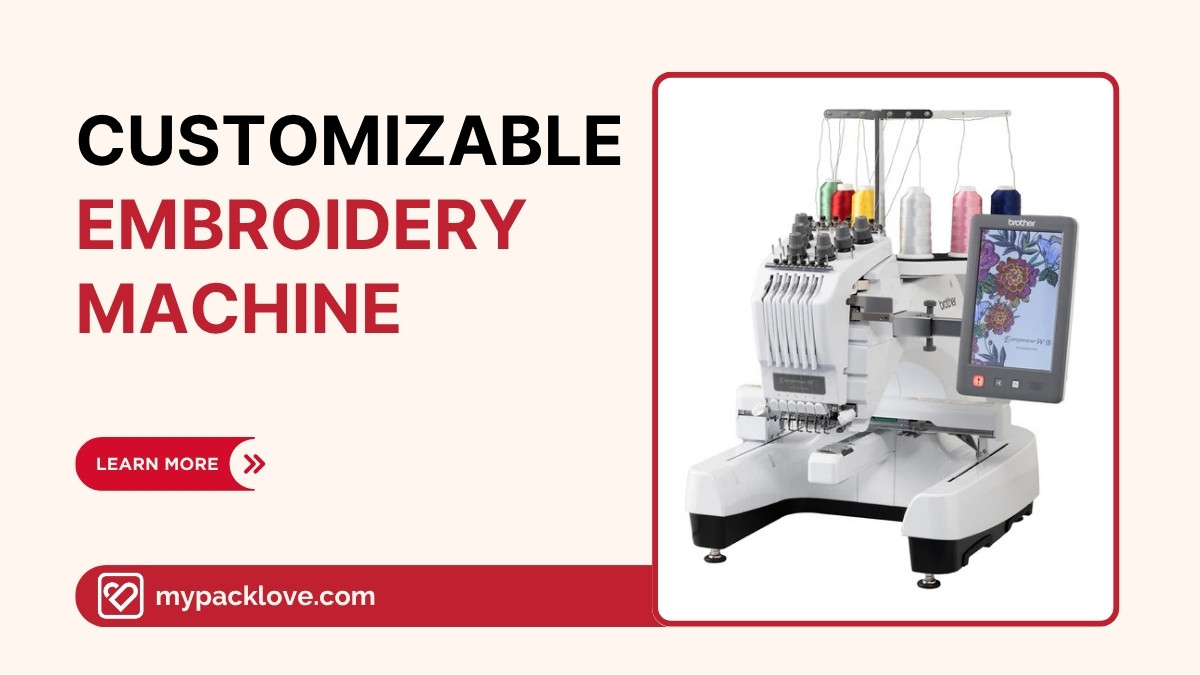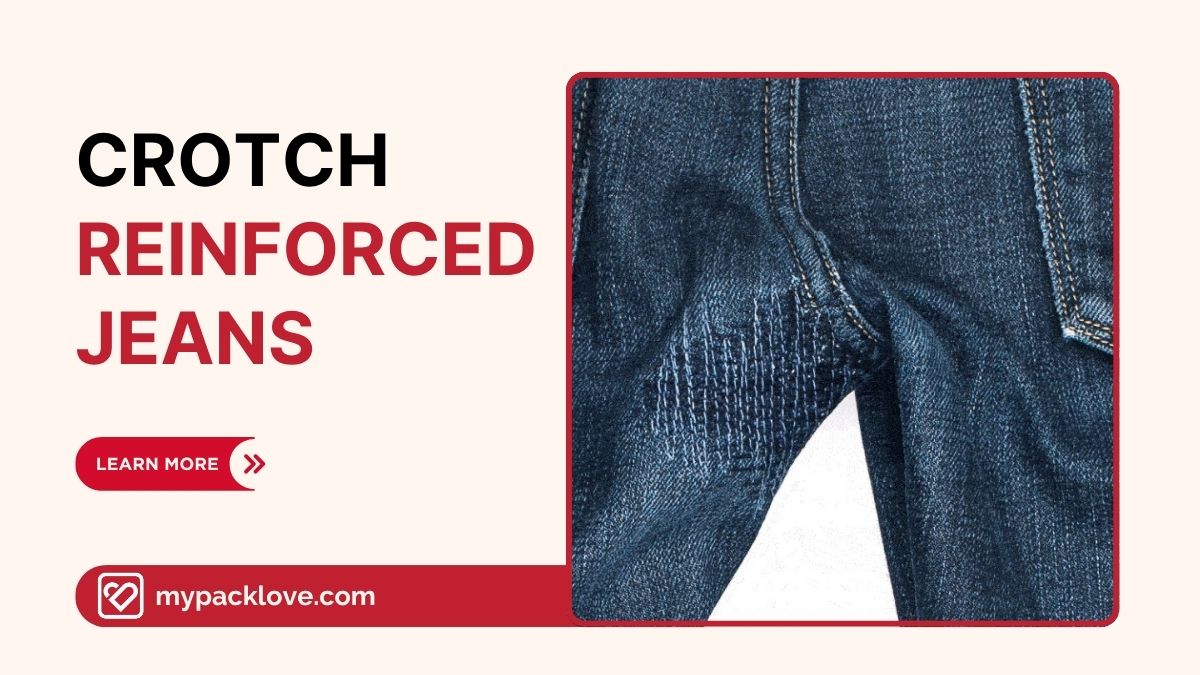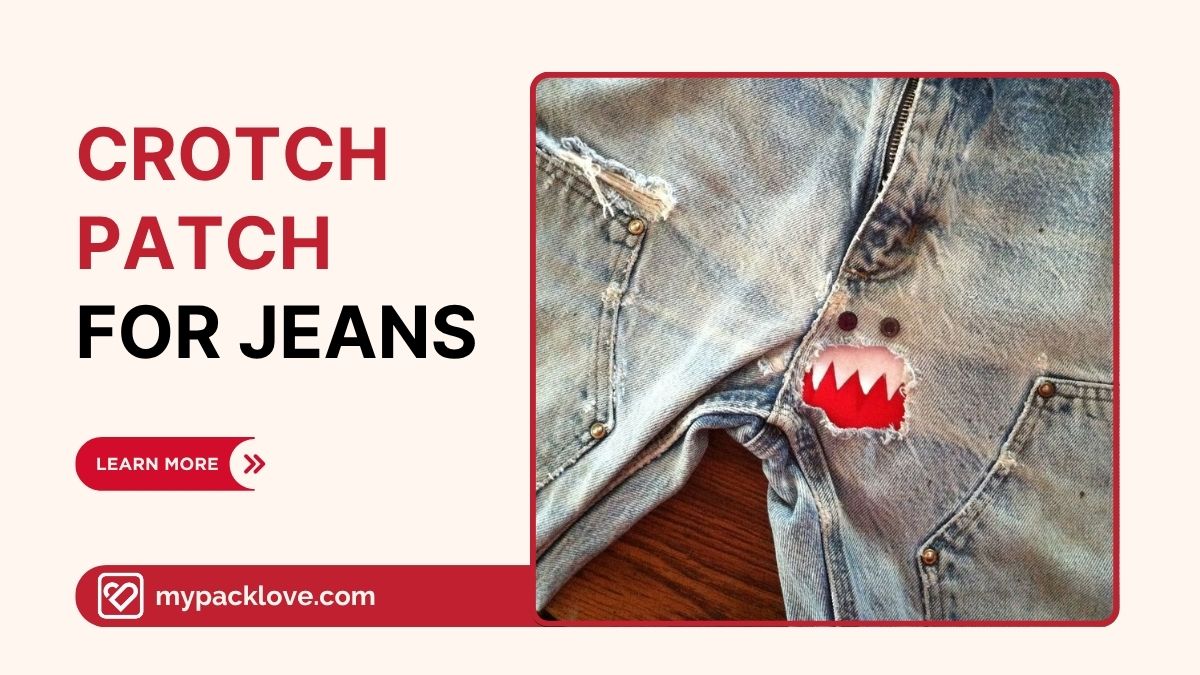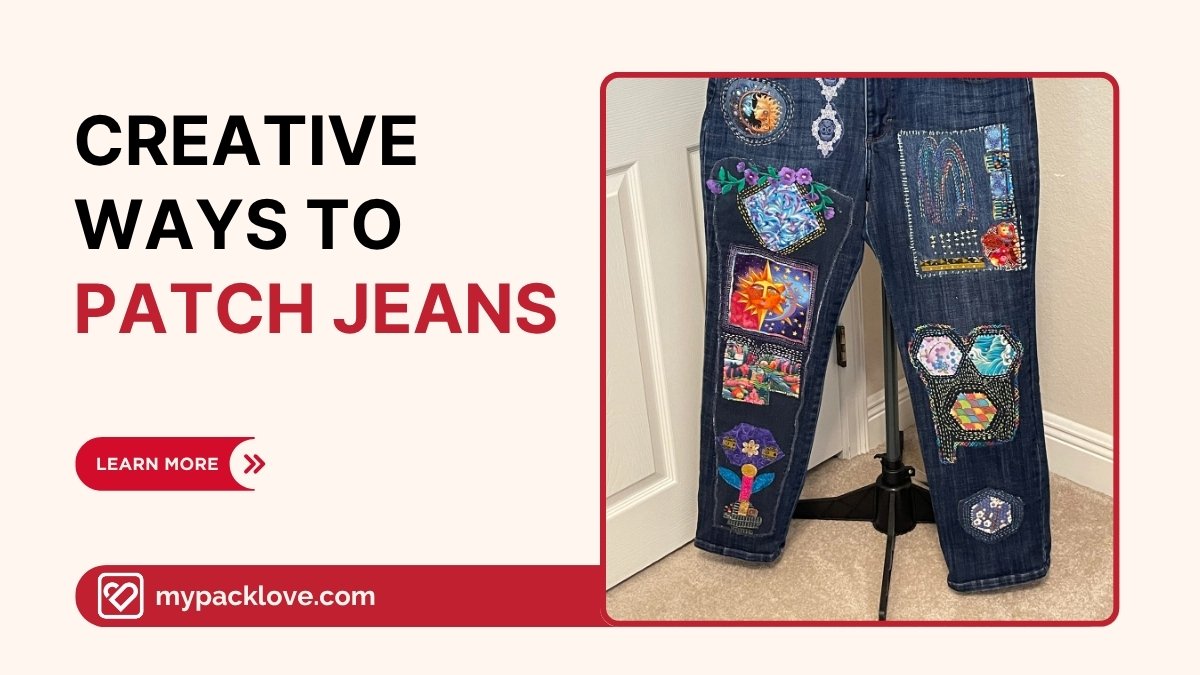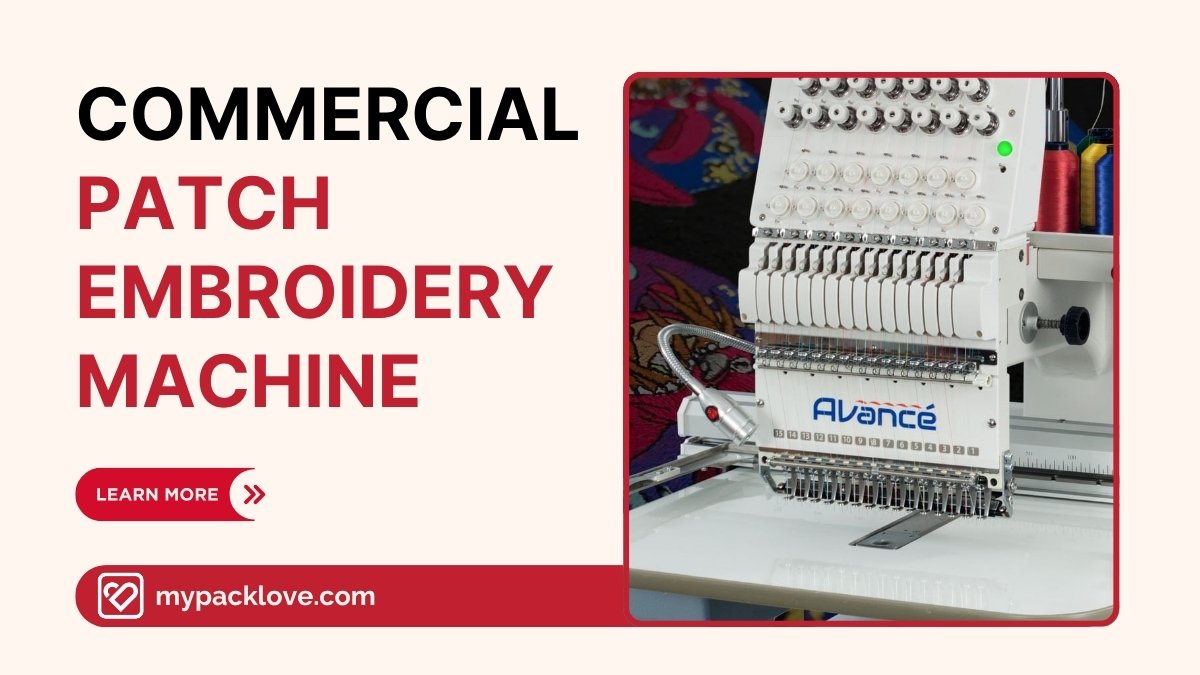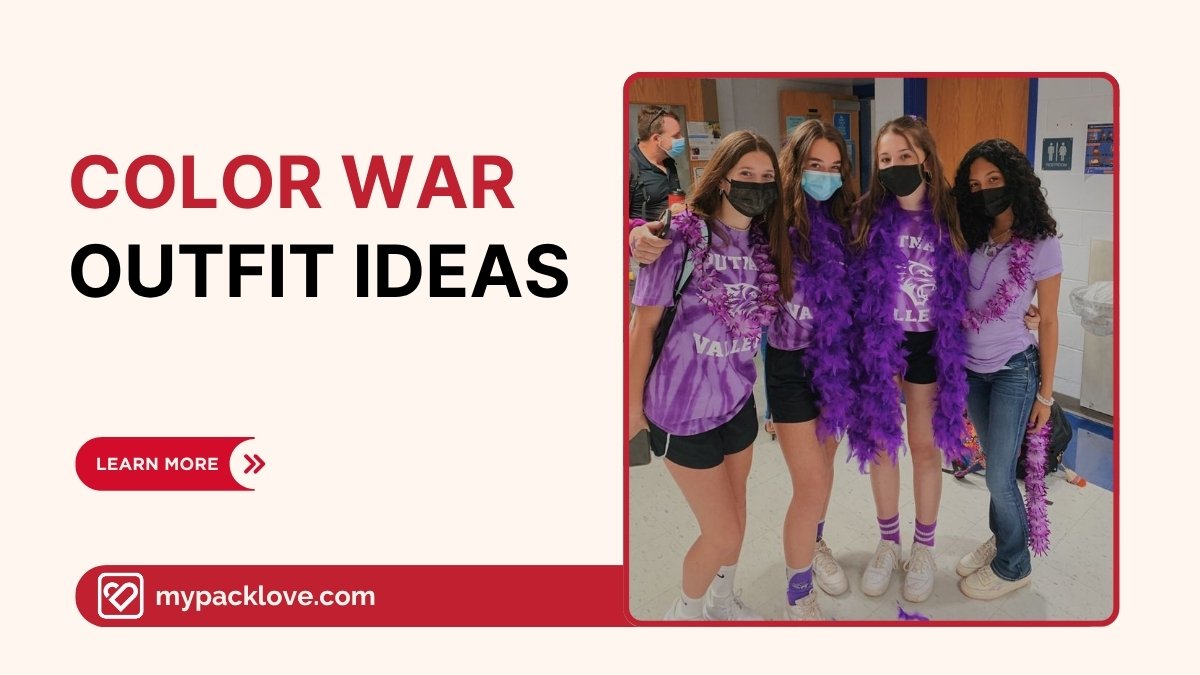Cut Edge Woven Labels: A Guide for Apparel Brands
The small details on apparel, like woven labels, significantly impact brand perception and customer experience. Choosing the right garment trim involves navigating various options, and understanding terms like “cut edge” can be confusing for emerging apparel businesses. This finish, while common, requires specific knowledge for proper application.
This guide aims to demystify the cut edge label finishing option, explaining what defines such a clothing tag, how production happens, its pros and cons compared to folded edges, and when using this finish makes sense for your garments. Understanding these apparel component details ensures better product outcomes and enhanced customer comfort.
1. Defining the “cut edge” in woven label production
A “cut edge” refers to a specific type of woven label finish where the label’s edges are cut and simultaneously sealed, typically using heat or ultrasonic methods, rather than being folded over before sewing. This edge finishing process prevents the synthetic fibers, most commonly polyester, from fraying.
Unlike a folded edge label which tucks raw edges away, the straight cut label presents a flat label finish with minimal edge bulk. The sealing action relies on the properties of synthetic material to melt or fuse, creating a secured edge. Labels finished this way are often called straight cut labels.
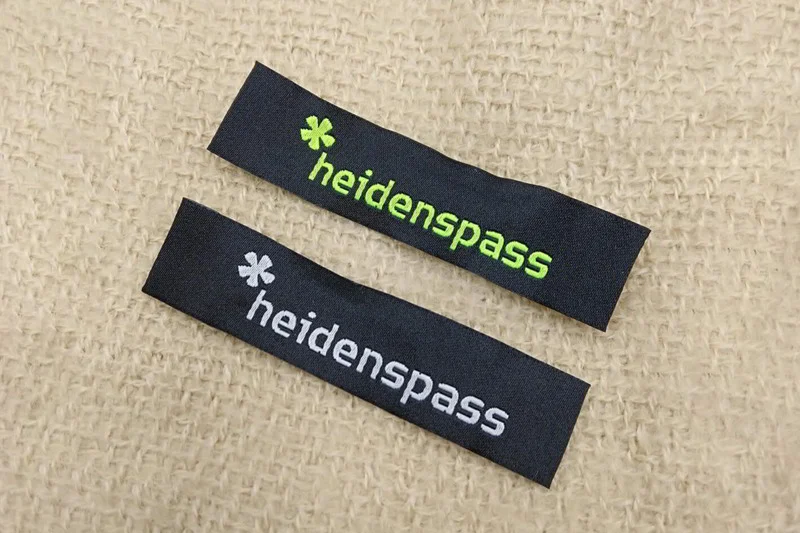
2. How cut edge labels are made
Creating a cut edge label involves more than simple cutting; the process simultaneously performs edge sealing to prevent unraveling. Two primary technologies dominate this textile manufacturing processes step, each yielding a distinct sealed edge. Both methods ensure the label edges remain intact after being cut from a larger woven roll or sheet.
2.1 Heat cutting (thermal cut)
Heat cutting, also known as thermal cutting, employs a heated element, like a hot knife or wire, to slice through the woven label material. The intense heat melts the synthetic fibers along the cut line, forming a sealed edge as the material cools. This textile cutting method is generally cost-effective and widely available. However, the resulting edge texture can sometimes be slightly firm or possess a noticeable melted bead, which might feel sharp or cause irritation if placed against sensitive skin.
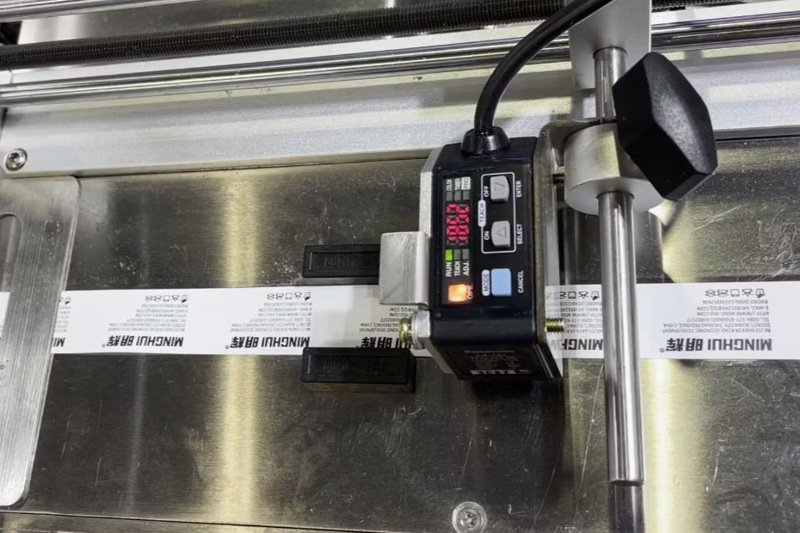
2.2 Ultrasonic cutting (sound-based)
Ultrasonic cutting utilizes high-frequency sound waves that cause vibrations in a cutting tool (horn). These rapid vibrations generate localized heat through friction, effectively melting and fusing the synthetic fibers as the cut is made – a process akin to welding at a microscopic level.
This application of ultrasonic technology in textiles produces a fused edge that is typically much softer and smoother compared to a heat-cut edge, significantly enhancing label edge comfort. While offering superior fray control and preventing scratchy labels, this method generally comes at a higher production cost due to the specialized equipment. The precision offered also contributes to higher cut edge quality.
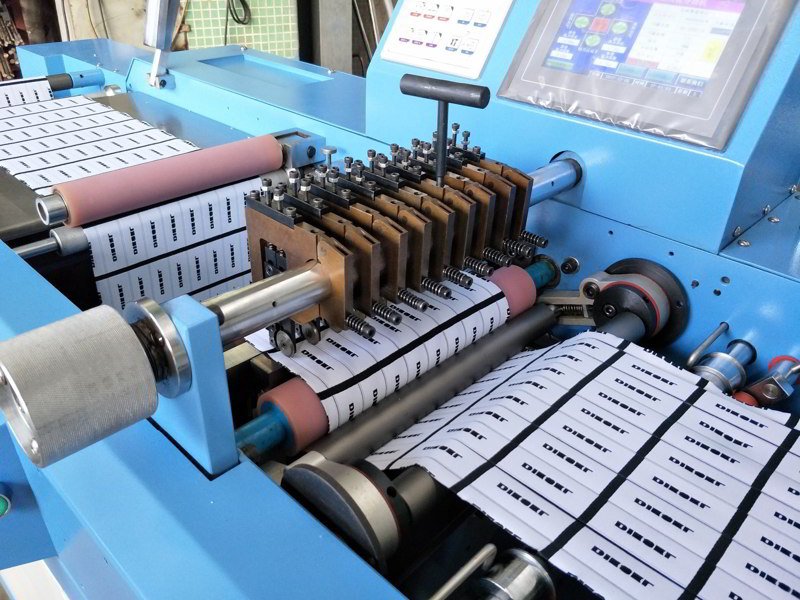
3. Cut edge vs. folded edge labels: A practical comparison for your garment trims
Selecting the appropriate label finish depends heavily on the specific needs of your garment and brand. Comparing cut edge and folded edge finishes across key attributes helps clarify the best choice among these apparel trim types for your production. Both options are common garment trims, but offer different benefits.
Comparison table: Cut edge vs. folded edge woven labels
| Feature | Cut Edge | Folded Edge |
|---|---|---|
| Appearance | Flat, minimal profile, distinct sealed edge | Softer edges, slightly bulkier, no visible raw edges |
| Edge Feel / Comfort | Can be scratchy (heat cut); much softer (ultrasonic cut) | Generally soft and comfortable as edges are tucked in |
| Fray Resistance | High (when sealed properly) | High (raw edges are protected by the fold) |
| Best Use / Application | Sewn into seams, intricate die-cut shapes, flat patches | Neck labels, hem tags, any application with direct skin contact |
| Material Compatibility | Synthetic fibers only (e.g., Polyester) | Suitable for both synthetic and natural fibers |
| Edge Bulk | Minimal | Adds slight bulk due to folded material |
| Cost | Generally lower (heat cut) to higher (ultrasonic cut) | Moderate and consistent |
In summary, cut edge labels offer a flat profile and are suitable for specific applications like being sewn into seams or achieving intricate shapes, with cost and comfort varying by cutting method (heat vs. ultrasonic). Folded edge labels provide inherent softness and conceal raw edges, making them a standard choice for applications involving direct skin contact, albeit with slightly more bulk.
4. When is a cut edge finish the right choice for your apparel?
Choosing a cut edge finish requires considering the label’s placement, desired aesthetic, budget, and the target garment. This finish is particularly well-suited for specific scenarios in apparel design:
- Labels sewn into seams: When the label’s cut edges will be hidden within a seam allowance, the potential for scratchiness is minimized, making even a standard heat cut a viable, budget-friendly option.
- Intricate shapes: For labels with non-rectangular, complex outlines achieved through die-cutting, a cut edge is necessary as folding intricate curves is impractical.
- Flat label finish desired: If the design calls for a label to lie completely flat against the garment fabric (like a patch sewn on all sides), a cut edge provides minimal edge bulk compared to a folded edge.
- Ultrasonic cut for comfort: When a flat profile is needed but the label might contact skin (e.g., some hem tags or outer brand patches), specifying an ultrasonic cut provides a softer edge, balancing aesthetics and comfort, albeit at a higher cost.
- Budget constraints (heat cut): For applications where the edge is hidden or comfort is less critical, a heat cut offers a functional and economical edge-finishing solution.
Key considerations:
- Skin contact: Assess how much the label edge will touch the wearer’s skin. Heat cut edges are generally less suitable for direct, prolonged contact areas like neck labels.
- Garment type: The type of garment influences the choice. Outerwear may accommodate firmer edges better than delicate lingerie or baby clothes.
- Brand quality perception: A softer, smoother ultrasonic cut edge often aligns better with premium brand quality perception, while a noticeably stiff heat cut edge might detract from high-end garments. This is an important consideration for any small business building its brand reputation.

5. Addressing scratchiness and fraying in cut edge labels
Even with the correct finish choice, issues like scratchiness or fraying can occasionally arise. Understanding the causes helps in addressing them effectively through quality control and supplier communication.
To address scratchiness, recognize that it most often occurs with a heat cut edge where the melted bead is too thick, hard, or uneven. An effective solution is to specify ultrasonic cutting for applications requiring softness, especially if labels will touch the skin.
Discussing edge finish quality standards with your textile supplier, along with requesting and approving samples before mass production, is also crucial. Additionally, ensure proper sewing techniques are used, as scratchiness can sometimes result from the sewing thread or incorrect label attachment, not just the label edge itself.
Regarding fraying, it’s important to note that a properly executed cut edge (either heat or ultrasonic) involves edge sealing and fundamentally should not fray. Fraying indicates a manufacturing defect where the sealing process failed or was incomplete.
To manage this, implement incoming quality control checks for labels received from your clothing manufacturer or supplier, which includes randomly testing labels by gently rubbing the edges to check for fraying. Clearly communicate quality expectations regarding label edge quality, providing photographic evidence of fraying labels to your supplier for investigation and corrective action. A well-sealed cut edge is fundamental.
6. Related questions
6.1 Can you use a cut edge finish on natural fibers like cotton or silk labels?
No, a traditional cut edge finish relies on melting or fusing synthetic materials to seal the edge. Natural fibers like cotton or silk do not melt; they burn or char. Attempting a heat cut or ultrasonic cut on these materials will not effectively prevent fraying and may damage the label. For natural fiber labels requiring finished edges, folding techniques (like end fold, center fold) or sewn borders are necessary.
6.2 Is there a visible difference between heat cut and ultrasonic cut edges?
Sometimes, yes. A heat cut edge might show a slightly thicker, shinier, or more bead-like melted line where the heat was applied. An ultrasonic cut edge often appears flatter, cleaner, and less noticeably sealed, resulting from the fusing action of vibrations. The difference is often subtle and best assessed by touch for softness, but close visual inspection can reveal the smoother finish typical of ultrasonic cutting.
6.3 How should I specify a “cut edge” finish when ordering labels from my supplier?
Be specific to avoid ambiguity. Simply requesting “cut edge” might default to the supplier’s standard method, often heat cut due to cost. Clearly state your requirement in your label supplier specification:
- For budget-conscious, hidden edges: “Cut Edge – Heat Cut/Thermal Cut acceptable.”
- For softer edges/skin contact: “Cut Edge – MUST BE ULTRASONIC CUT.”
- Include details about the base material (e.g., “100% Polyester Woven Label, Cut Edge – Ultrasonic Cut”). Always request and approve a pre-production sample to verify the edge quality meets your needs.
Read more:
Understanding the nuances of the cut edge finish empowers apparel businesses to make better decisions for their woven labels. Recognizing that a cut edge relies on sealed synthetic fibers, knowing the difference between heat cutting and ultrasonic cutting methods, and weighing factors like application, label comfort, cost, and label appearance are crucial.
Choosing the right label edge finish contributes significantly to the overall quality and perception of your garment trim and enhances your brand quality. By carefully considering these details, you ensure your labels not only look great but also meet the functional needs of your apparel. Should you require further guidance tailored to your specific product line or assistance sourcing the ideal label finish, feel free to reach out to Packlove for advice.

